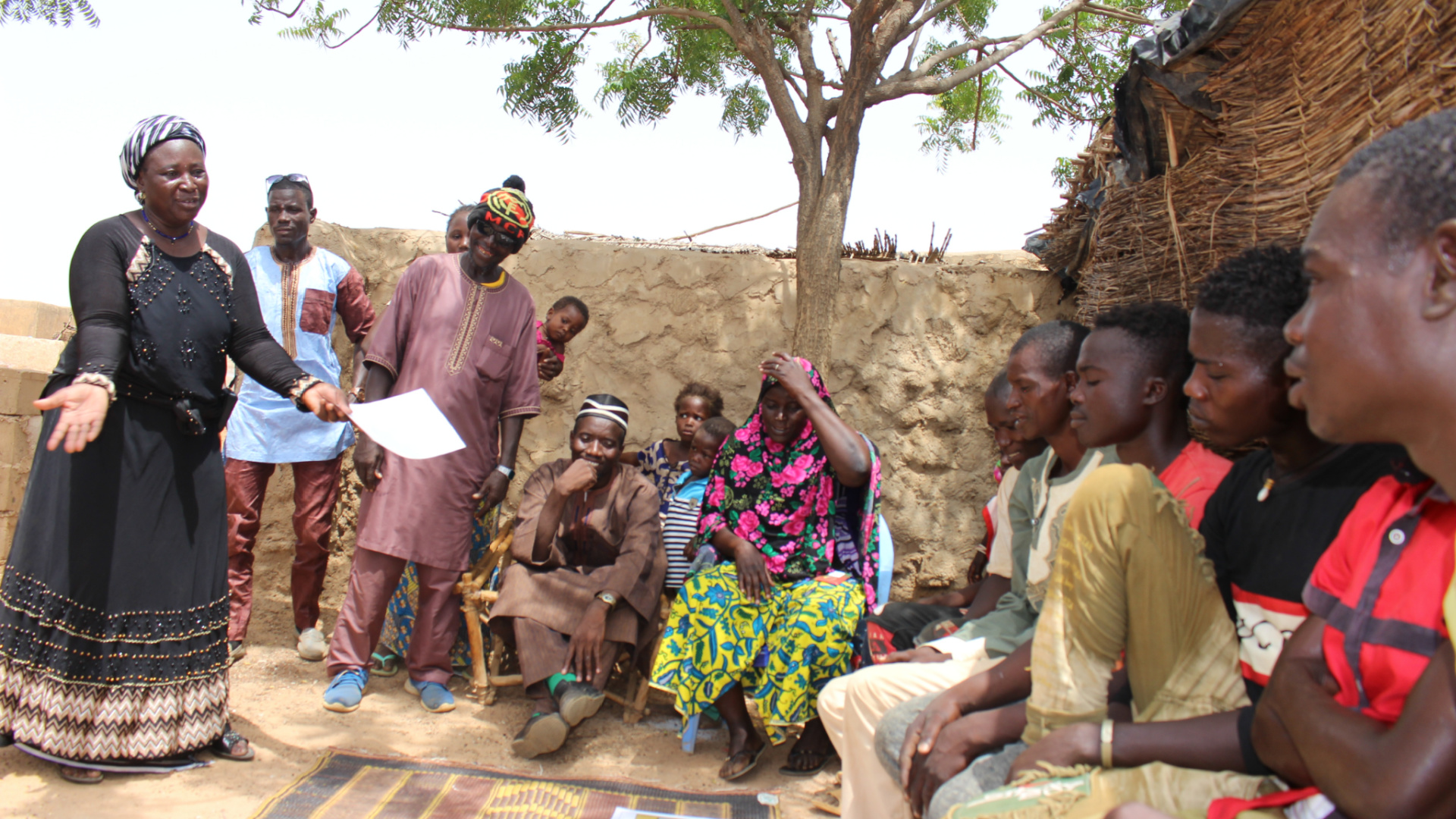World Toilet Day: what it is and why it matters

Update: November 2024
World Toilet Day celebrates the importance of toilets and raises awareness of the 3.5 billion people still living without safely managed sanitation¹. It’s also about taking action to tackle the global water and sanitation crisis, which has a profound impact on public health, education, gender equity, and persistent inequalities.
How do toilets protect our health?
More than 2 in 5 people globally lack access to a decent toilet in their home, often relying on inadequate facilities or practicing open defecation. Climate change is now worsening this crisis by straining sanitation infrastructure and services. When untreated human waste gets out into the environment, it can spread deadly and chronic diseases. Sustainable sanitation systems, combined with the facilities and knowledge to practise good hygiene, are a strong defence against current and future public health threats.
What does a sustainable sanitation system look like?
Sustainable sanitation begins with a toilet that effectively captures human waste in a safe, accessible and dignified setting.
The waste then gets stored in a tank, which can be emptied later by a collection service, or transported away by pipework.
The next stage is treatment and safe disposal. Safe reuse of human waste helps save water, reduces and captures greenhouse gas emissions for energy production, and can provide agriculture with a reliable source of water and nutrients.
How is the One Drop Foundation participating?
One Drop envisions a sustainable future with safe water for all, which is why we are always ready to go above and beyond to achieve true long-term sustainability. We believe in the combined power of providing access to safe water, sanitation and hygiene (WASH) services, promoting healthy behaviours, and encouraging capital to support income-generating activities and market-based solutions.
Access; Behaviour change; Capital. These elements make up our A•B•C for Sustainability™ model. The combined power of these three components makes our projects sustainable by creating an enabling environment for positive change and helping communities reach their full potential.
To learn more about our model and approach, click here.
¹ WHO and UNICEF. Joint Monitoring Programme (JMP) 2022.
